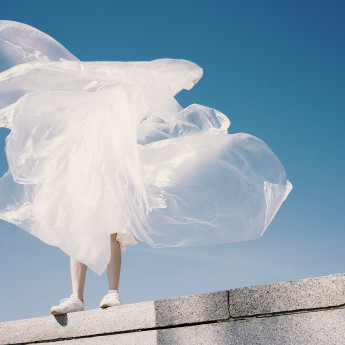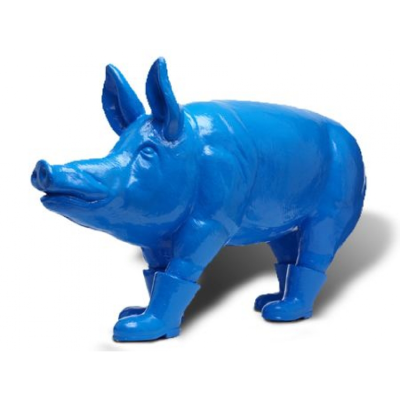
Details
Artist
Styles
Color screenprint on Arches Cover paper, hand signed by the artist. // Vertigo by Nancy Graves is a vibrant, dynamic screen print that captures a sense of swirling energy and complexity. Created in 1980 and signed by the artist, this limited edition print (from an edition of 60) displays Graves' mastery of color and form. The composition features a chaotic interplay of lines, dots, and organic shapes in an array of vivid colors, including reds, yellows, blues, and greens. Abstract in nature, the work invites viewers into a maze of movement, evoking a sensation of dizziness or disorientation akin to vertigo. Graves’ use of layered textures and intricate detailing reflects her interest in mapping, topography, and scientific imagery, turning these elements into a playful, visually stimulating work. The print measures 75.5 cm by 90.1 cm, filling the viewer's field with its bold, frenetic patterns.
Vertigo, 1980
form
Medium
Size
75.5 x 90.1 cm
- Inches
- Centimeters
Edition
Price
- USD
- EUR
- GBP
Details
Artist
Styles
Color screenprint on Arches Cover paper, hand signed by the artist. // Vertigo by Nancy Graves is a vibrant, dynamic screen print that captures a sense of swirling energy and complexity. Created in 1980 and signed by the artist, this limited edition print (from an edition of 60) displays Graves' mastery of color and form. The composition features a chaotic interplay of lines, dots, and organic shapes in an array of vivid colors, including reds, yellows, blues, and greens. Abstract in nature, the work invites viewers into a maze of movement, evoking a sensation of dizziness or disorientation akin to vertigo. Graves’ use of layered textures and intricate detailing reflects her interest in mapping, topography, and scientific imagery, turning these elements into a playful, visually stimulating work. The print measures 75.5 cm by 90.1 cm, filling the viewer's field with its bold, frenetic patterns.
What is Environmental Art?
Environmental art is a collective term that refers to a wide range of artistic practices and works that engage with historical and ecological themes. The term often encompasses ecological concerns, although it is not exclusively defined by them. Environmental art acknowledges and appreciates the early history of the environmental art movement, including works with activist themes and those celebrating the connection between nature and the artist through the use of natural materials.










